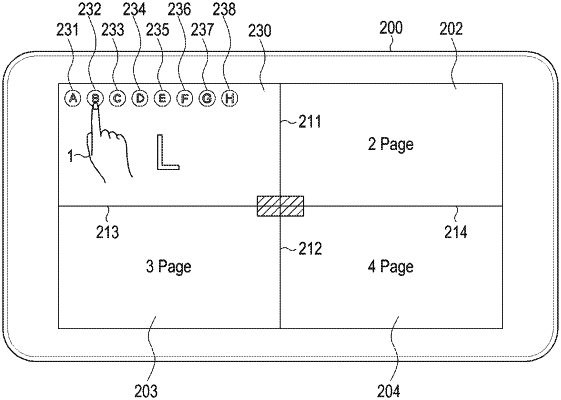| CPC G06F 3/04817 (2013.01) [G06F 3/0486 (2013.01); G06F 3/0488 (2013.01); G06F 2203/04803 (2013.01)] | 12 Claims |

|
1. An electronic device comprising:
a touch screen;
a memory; and
one or more processors, when instructions stored in the memory is executed, configured to:
control the touch screen to display a first execution screen of a first application on a first portion, a second execution screen of a second application on a second portion, and a third execution screen of a third application on a third portion, wherein the first execution screen, the second execution screen and the third execution screen are displayed without overlapping with each other,
receive a user input for dragging the first execution screen,
based on a portion of the first execution screen being positioned on a predetermined position which is on the second execution screen after the portion of the first execution screen overlapping the second execution screen according to the first execution screen being dragged in a first direction from the first execution screen to the second execution screen based on the user input, move the second execution screen in a second direction opposite to the first direction while a position of the third execution screen of the third application is maintained, and
based on a release of the user input, control the touch screen to display the first execution screen side by side with the moved second execution screen without overlapping with each other.
|